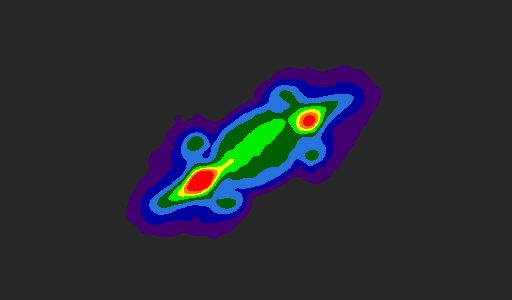Latest NRAO News
News is managed by NRAO News & Public Information. Questions about News? Have a story to share? Want to interview a scientist or create new media about our telescopes?

Taking advantage of a rare cosmic alignment, scientists have made the first measurement of the speed at which the force of gravity propagates, giving a numerical value to one of the last unmeasured fundamental constants of physics.

Using the exquisite sensitivity of the National Science Foundation’s Green Bank Telescope, astronomer Jay Lockman of the National Radio Astronomy Observatory in Green Bank, West Virginia, has produced the best cross-section ever of the Milky Way Galaxy’s diffuse halo of hydrogen gas.

Grote Reber, one of the earliest pioneers of radio astronomy, died in Tasmania on December 20, just two days shy of his 91st birthday.

GREEN BANK, WV — New studies with the National Science Foundation’s Robert C. Byrd Green Bank Telescope (GBT) have revealed a previously unknown population of discrete hydrogen clouds in the gaseous halo that surrounds the Milky Way Galaxy.

Images from the National Science Foundation’s Very Large Array radio telescope have uncovered compelling evidence that supermassive black holes at the hearts of large galaxies collide when their host galaxies merge.

Six Socorro High School students are spending their summer working at the National Radio Astronomy Observatory on a unique project that gives them experience in language translation, World Wide Web design, and technical communication.





